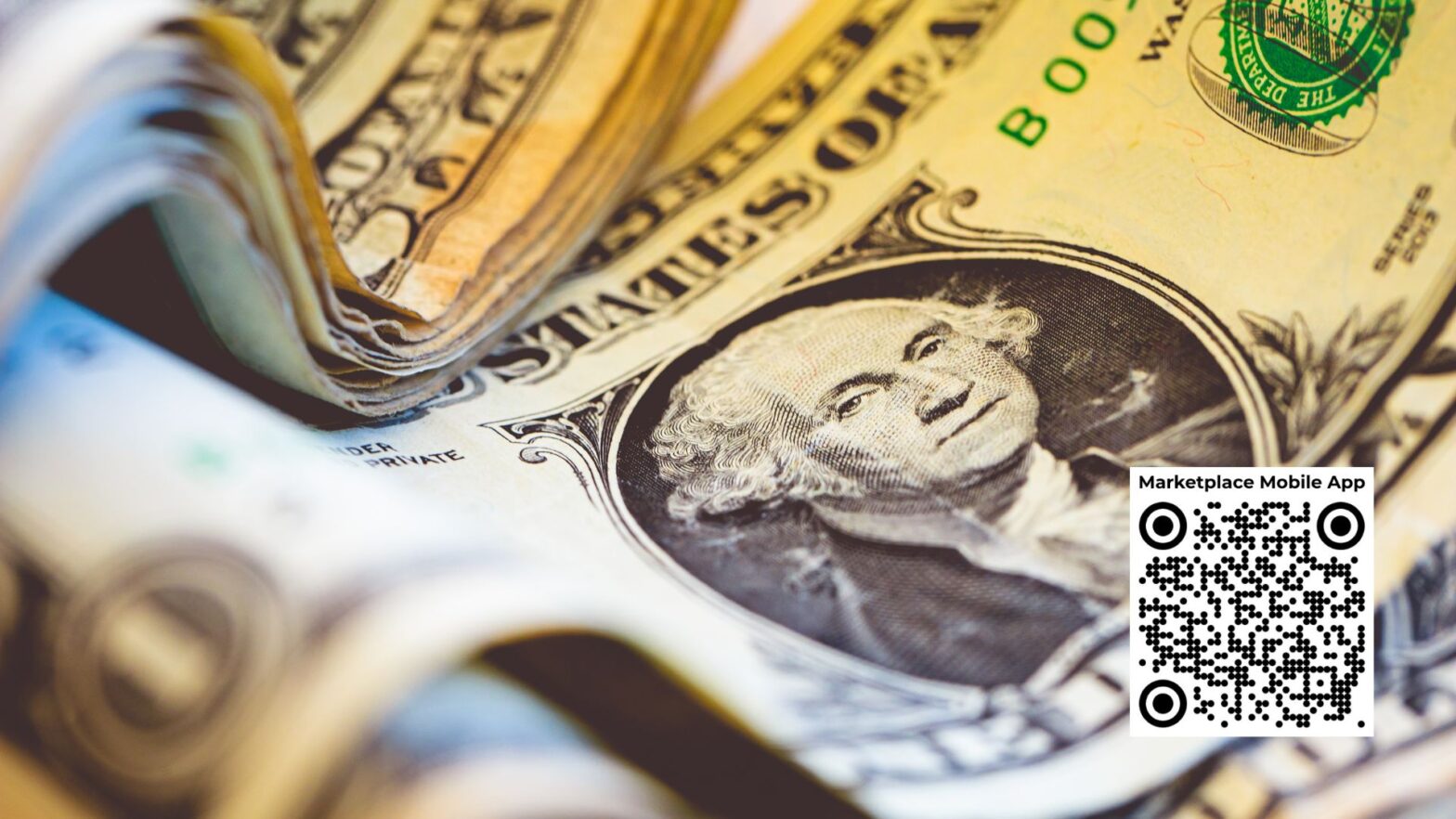Customers Buying Travel Money? Check for US Dollars, even if they’re not going to the States

Think of a holiday destination. What currency do your customers need? Euros? Turkish Lira? The Egyptian Pound, Thai Baht? For many travellers it’s logical to buy the national currency of the country they’re visiting. But there are other notes waving gently in the background: US Dollars.
For many countries, US Dollars are an essential part of their travel wallet — even if their destination is nowhere near the United States. Across much of Africa, South America, the Caribbean, and parts of Asia, the US Dollar (USD) is not just useful — in some places, it is more reliable than the local currency.
This matters not only for holidaymakers, but for bureaux de change and currency exchangers. Independent operators who keep USD in stock — and make that fact known — are often better placed to serve today’s increasingly well-travelled public.
Why US Dollars are Widely Accepted
There are several reasons why the US Dollar is so useful overseas, even in countries where it’s not the official currency. These include
Economic stability
In many countries with unstable or inflation-prone currencies, the US Dollar acts as a trusted measure of value. Zimbabwe, Lebanon and Venezuela are good examples.
Tourism demand
Resorts and tourist businesses often price services in USD, even if the local economy uses the national currency.
Dollarised economies
Some countries have formally adopted the US Dollar or pegged their currency to it.
Global familiarity
The dollar is globally recognised and easy to exchange — often with minimal loss on conversion.
For travellers, this means that carrying some US Dollars can provide both flexibility and convenience. For bureaux de change, it means US Dollars remain one of the most important currencies to keep readily available – even when your customers aren’t travelling to the States.
Countries where the USD is as Good as Local Money
Once out of the Eurozone, there are dozens of countries where US Dollars are widely accepted, but a few stand out for how central the currency has become in everyday tourist transactions. Here are five examples across different regions:
Argentina (South America)
With an unstable peso and high inflation, Argentina has developed a dual exchange system. Many tourists exchange US Dollars on the informal “blue dollar” market, receiving nearly double the official rate with the local currency. Hotels, tour companies and even restaurants often accept USD directly, especially in Buenos Aires and other tourist hotspots.
The universality and relative stability of US Dollars means that similar arrangements are found in many other South and Central American countries.
Barbados (Caribbean)
The Barbadian Dollar is pegged at 2:1 to the US Dollar, but most businesses accept USD freely. In fact, many hotels and taxis quote prices in both currencies. Tourists can often spend USD throughout their stay and receive change in local currency without needing to exchange money formally.
Tanzania (East Africa)
Visitors heading for safari in Tanzania’s Serengeti or Ngorongoro Crater will find that park fees, lodge stays, and tour packages are commonly priced in USD. The Tanzanian shilling is still used in shops and markets, but dollars are the currency of choice in the tourism sector — often required for government fees and frequently preferred by guides and hoteliers.
Other destinations where US Dollars are useful or essential include Kenya, Cambodia, Belize, and the Dominican Republic. For a full overview, Investopedia provides a detailed list of USD-accepting nations.
Why US Dollars Matter for Bureaux de Change
The opportunity for currency exchange businesses in the UK
British travellers are going to destinations where the Dollar is not just useful, but often expected. Being well-stocked with US Dollars — especially small denominations such as $5s and $10s — is a way to stay relevant and meet this demand. Customers can be offered US Dollars at the same time as the national currency of their destination.
Just as important is visibility. If you keep USD in stock, make sure your customers know it. Display signage. Update your listings on travel money directories. And if you offer better-than-average rates, consider promoting that fact — especially compared to airport providers or high street banks and supermarkets.
A word of caution to share with customers
Most countries where the US Dollar runs in parallel to the national currency manage that relationship fairly fluidly. But it’s easy to get caught out when exchanging US Dollars for local currency. Some nations enforce, sometimes slightly at random, strict laws against informal money exchange. Consequences can be embarrassing or worse. When exchanging US Dollars locally, it’s much wiser to stick to formal outlets like hotels and banks.
Helping travellers find you – and their US Dollars
One practical way to increase visibility is through services like Money4Travel. The platform allows consumers to compare exchange rates in their local area – including rates for US Dollars – and purchase online for collection later. For smaller bureaux de change, it’s an opportunity to stand out by offering highly competitive pricing, personal service, and real-time availability of popular currencies like USD.
Final thoughts
Travellers don’t always realise that the US Dollar can be the best currency to carry — even when heading far from North America. But for currency exchangers, the trend is well established. Stocking US Dollars and communicating that availability is a simple step that can translate into greater footfall, better customer service, and increased loyalty.
In short, the greenback remains a global currency. Make sure it’s working for your business, too.
By Declan Morton, writer and editor at Money4Travel – the online service for foreign currency sales in the UK. More about the author

